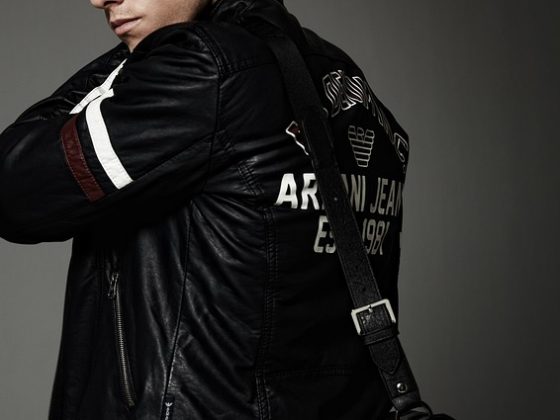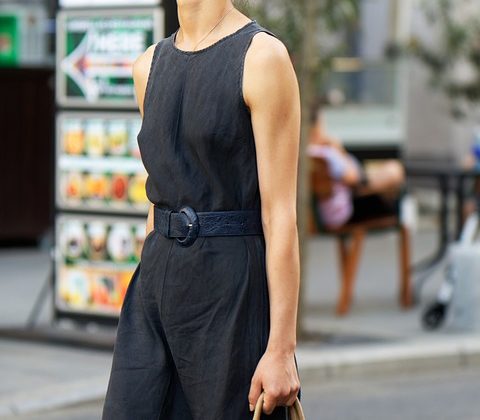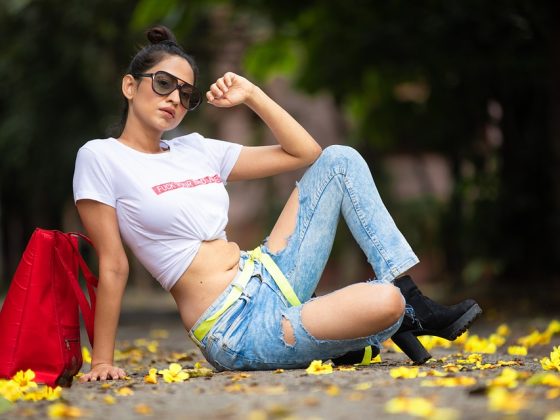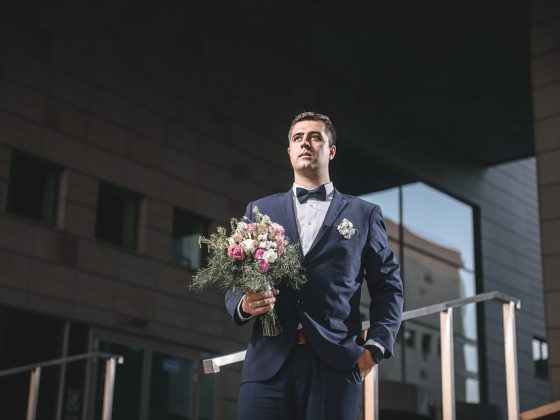Casual wear has come a long way from its humble beginnings as simply a way to be comfortable while lounging around the house. Today, it is a multi-billion dollar industry that caters to a wide range of styles and tastes. The history of casual wear is a fascinating journey that reflects changes in society, culture, and technology.
The origins of casual wear can be traced back to the late 19th century, when the concept of leisure time began to emerge. As people started to have more free time, they needed clothing that was comfortable and practical for activities like gardening, picnicking, and other outdoor pursuits. The first pieces of casual wear were simple and utilitarian, often made from durable fabrics like denim and cotton.
In the early 20th century, the concept of sportswear started to take shape. This was clothing specifically designed for athletic activities like tennis, golf, and hiking. Brands like Brooks Brothers and L.L. Bean were among the first to produce sportswear for the growing number of people who were participating in these activities. This marked the beginning of a shift towards more specialized clothing for different types of leisure activities.
The 1950s and 1960s saw a major shift in casual wear as a result of changes in youth culture. The rise of rock and roll music and rebellious attitudes among young people led to a new style of casual clothing that was more relaxed and informal. Jeans, T-shirts, and sneakers became a staple of the youth wardrobe, and this marked the beginning of the democratization of fashion. Casual wear was no longer just for the elite; it was now accessible to everyone.
The 1970s and 1980s saw the rise of athleisure, a trend that blended athletic wear with casual clothing. This was in part a response to the increasing focus on health and fitness during this time. Sweatpants, leggings, and hoodies became popular items of clothing that could be worn both to the gym and in everyday life. Brands like Adidas and Nike capitalized on this trend by creating stylish and functional workout gear that could be worn outside of the gym.
In the 1990s and early 2000s, casual wear underwent another transformation with the rise of streetwear. This style of clothing was heavily influenced by hip-hop culture and was characterized by oversized clothing, bold logos, and graphic prints. Brands like Supreme, BAPE, and Stüssy became synonymous with street style and attracted a cult following of fashion-forward youth. Streetwear blurred the lines between high and low fashion, as luxury brands like Gucci and Louis Vuitton started collaborating with streetwear labels.
Today, casual wear is a diverse and ever-expanding category that includes everything from activewear to loungewear to trendy streetwear. The rise of e-commerce and social media has made it easier than ever for consumers to discover new brands and trends, leading to a constant cycle of innovation and reinvention in the world of casual fashion.
FAQs:
Q: What are the key pieces of casual wear every wardrobe should have?
A: A good pair of jeans, a white T-shirt, a comfortable hoodie, and a versatile pair of sneakers are timeless staples of casual wear that can be mixed and matched with other pieces in your wardrobe.
Q: How can I dress up casual wear for a more polished look?
A: Adding accessories like statement jewelry, a tailored blazer, or a pair of heels can elevate your casual outfit and make it more suitable for a dressier occasion.
Q: What are some sustainable options for casual wear?
A: Consider shopping from brands that prioritize ethical and sustainable practices, such as using organic or recycled materials, paying fair wages to workers, and minimizing waste in their production processes.
In conclusion, the evolution of casual wear reflects the changing attitudes and lifestyles of society over the past century. From its humble beginnings as simple and utilitarian clothing, casual wear has grown into a vibrant and diverse industry that caters to a wide range of styles and tastes. Whether you prefer athleisure, streetwear, or classic basics, there is a piece of casual wear out there for everyone. And with the rise of online shopping and social media, the world of casual fashion is more accessible and exciting than ever before.










